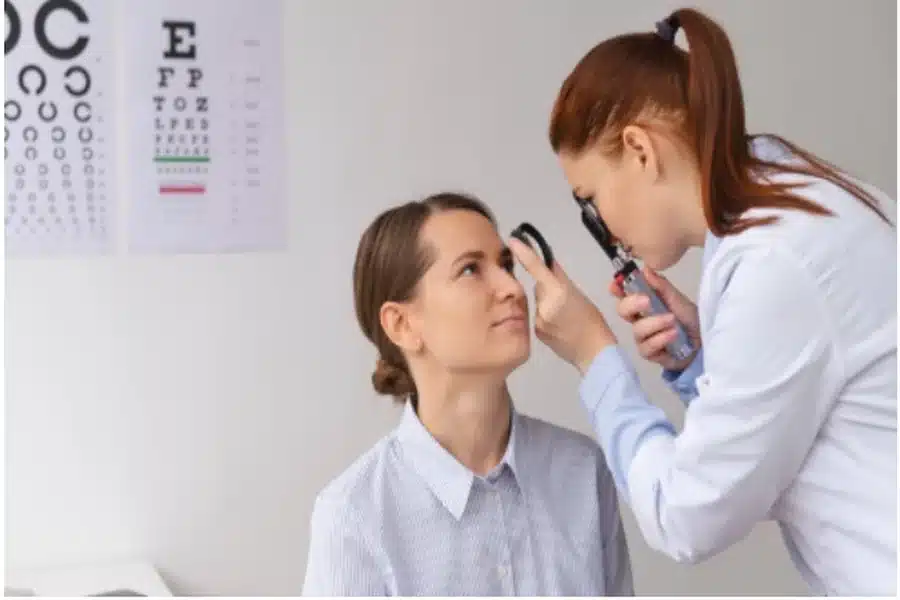Your eyes are more than just pretty orbs that you decorate with eyeliner and cry with at night. They can actually be looked into to diagnose serious health issues.
Doctors have been using eyes to spot signs of chronic illness for decades. And while your average mirror check won’t tell you much, your eyes might be trying to give you signs of what’s happening inside your body.
Here’s what to watch for.
Dry Eyes
If you feel that your eyes are dry and irritated, and it’s happening constantly, it could be more than just bad air.
Dry eyes are a common symptom of autoimmune conditions like Sjögren’s syndrome, rheumatoid arthritis, or lupus. These diseases interfere with the moisture production in your body, leaving your eyes dry.
Keep an eye on how often you’re reaching for drops. If it’s becoming a daily thing, talk to an eye doctor. And if you wear contacts, a proper contact lens exam can help rule out lens-related dryness or even early signs of other issues.
Centers like Pearle Vision specialize in diagnosing and treating eye conditions related to lens use.
Yellow Eyes
If the whites of your eyes are starting to look yellow, it could be jaundice. Jaundice often points to liver problems like hepatitis or cirrhosis.
The yellow tint in the whites of your eyes comes from the excess of bilirubin, which is a substance that your liver processes. If the liver stops doing so, bilirubin builds up, and your eyes show it first.
You shouldn’t wait for things to get worse if your eyes are showing signs of jaundice.
Puffy or Swollen Eyelids
Thyroid issues like Graves’ disease can cause the tissues around your eyes to swell. Some people even experience bulging eyes or double vision.
It not only looks serious, but it may be a sign that your immune system is not functioning properly. Even if it’s subtle, eye puffiness that doesn’t go away could be hormonal.
Blurry Vision
Vision that randomly gets blurry and then goes back to normal might not just be from a lack of sleep. If it’s accompanied by weight loss or increased hunger, it could be an early sign of diabetes.
High blood sugar affects the shape of the eye’s lens, which temporarily changes your vision. Over time, it can even damage the retina. This is called diabetic retinopathy.
Some neurological conditions, like stroke and brain tumors, also show up in the form of blurry vision. And if you wear contacts, it might just be your usual prescription needing an upgrade.
In either case, book an appointment with your eye doctor.
Pale Inner Eyelids
Pull down your lower eyelid and check the inside. If it looks unusually pale instead of a healthy pink color, it could be a sign of anemia.
Anemia is often a symptom of chronic illness, poor nutrition, and immune system issues. If you feel fatigued, dizzy, or experience breathlessness frequently, it might be a sign that something bigger and more serious is going on.
Conclusion
Your eyes might not talk, but they definitely give signs. If you’re seeing changes like dryness, puffiness, yellowing, or blurry vision, don’t ignore them. They could point to chronic issues that need actual and early treatment.






